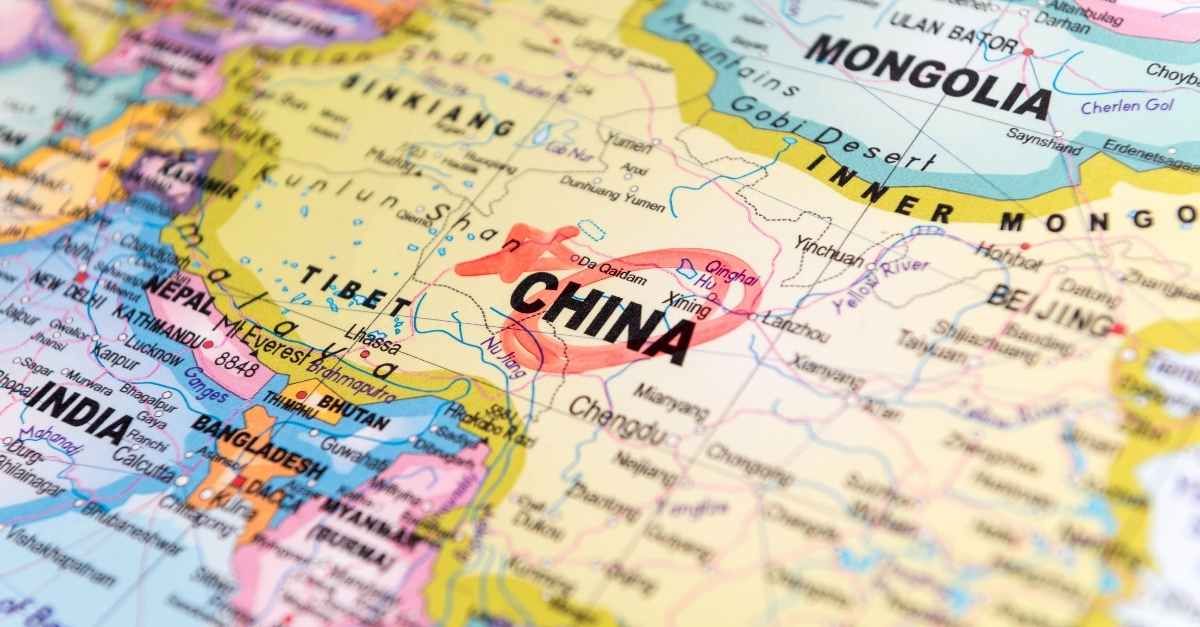In this episode…
Renaud talks about sourcing with Adrian in this episode. Specifically, how to handle sourcing from China yourself. He shares tips on deciding the best fit for your business, where to search for potential suppliers, how to vet them once you have found a list, and how and why to develop a backup supplier.
This is part 1 of the sourcing journey, and stay tuned as there are more to come..!
Just hit the play button to start listening..!
Listen to the episode right here 👇👇👇
🎧 Sourcing from China (Part 1): Identifying suppliers, verifying them, & cultivating ‘backups.’ 🎧
Show Notes
00:00 – Introduction.
02:23 – How to identify ‘good fit’ suppliers for yourself and why there are no ‘good’ or ‘bad’ suppliers out there. Finding the right ‘fit’ for your business is critical, the largest and most capable factories may not be the best fit for your business even if they work with Apple, for example, as your business isn’t enough for them. Even factories someone considers ‘bad’ due to pollution, quality, etc, are actually a good fit for some buyers. Some issues are caused by poor communication on the buyer’s part, too, (as discussed in this episode) so sometimes a ‘bad supplier’ is not actually bad at all.
14:25 – A list of sourcing actions to take to find new suppliers. Finding a supplier who can be a reliable partner in the medium or long term is a process. Searching online in places like Alibaba alone is a risky way to find suppliers.
- 15:13 – Identify what a good fit for your needs is (discussed earlier). The following examples can affect a potential supplier’s fit for you. Their size, existing customers (influences their understanding of your needs), if you need to develop products with them, if they have a very specific specialism that you need, that they will accept certain payment terms, etc.
- 19:35 – Start searching for suppliers. Well-established suppliers can be found at major trade shows. For smaller manufacturers, the Hong Kong trade fair and Canton fair are suitable places, but without travelling using the directories like Alibaba (smaller suppliers, high quantities), Global Sources (larger suppliers), etc, are good sources.
22:00 – Screening or vetting potential supplier’s you’ve found. Suppliers who seem to do ‘everything’ lack focus and could be a trading company, it’s more likely they’re a real manufacturer if they specialize in one thing. Invested capital can give you a hint about if the company is a manufacturer (more = good). Perform due diligence on them. - 24:07 – Contact the supplier. Very long emails aren’t effective, it’s better to keep it simple and easy for them. You need to sell your project in order to get the attention of busier, more capable suppliers, so a larger order and existing market and distribution channel in your country, for example, is a start. Specifications or clear guidance on which of their products you want to buy and rebrand etc, and a requirement for lead times, your need for a prototype, etc, makes it clear that you have a plan and approval process and shows you’re not a ‘first-timer’ that would be less attractive.
29:04 – Get even more help with vetting new Chinese suppliers by listening to our podcast series about it: Vetting new suppliers in China series.
29:40 – If you have found a good fit supplier, is a backup option from your shortlist strictly necessary? This depends on your needs, but if you want a supply chain that will be secure for years to come a backup supplier makes sense. If you’re buying something off-the-shelf from a certain supplier, though, other suppliers who could be a backup probably won’t have the same product, tooling, designs, etc, so you’re going to need to work with just the one longer-term alone. In this case, vetting the supplier and making sure your due diligence is comprehensive is all the more important for reducing future risks (who truly owns the IP rights for the product, for instance). In some cases keeping a backup supplier on the backburner with smaller orders is suitable if you’re still able to hit their MOQ, this allows you to develop both suppliers at the same time. Having suppliers in different areas of China or even countries gives you a more flexible and resilient supply chain. Making suppliers aware that they have competition can help deliver better results, too, but communication from you to help them understand this is happening is needed.
40:01 – Wrapping up
Related content…
- How To Find Trustworthy Suppliers In China In 2021
- OEM, ODM, Contract Manufacturers: Which Chinese Supplier To Choose?
- Are Suppliers We Find On Alibaba.com And GlobalSources.com Trustworthy?
- How To Switch To A Newer, Better Chinese Manufacturer? [eBook]
- New supplier/factory sourcing (get help from Sofeast)
- Supplier due diligence (get help from Sofeast)
Subscribe to the podcast
There are more episodes to come, so remember to subscribe! You can do so in your favorite podcast apps here and don’t forget to give us a 5-star rating, please:

